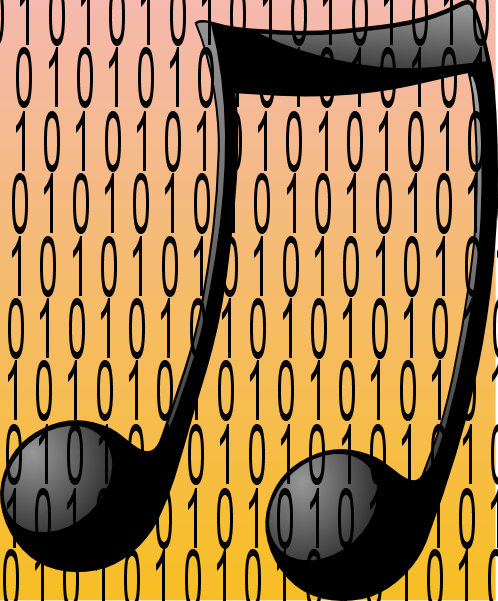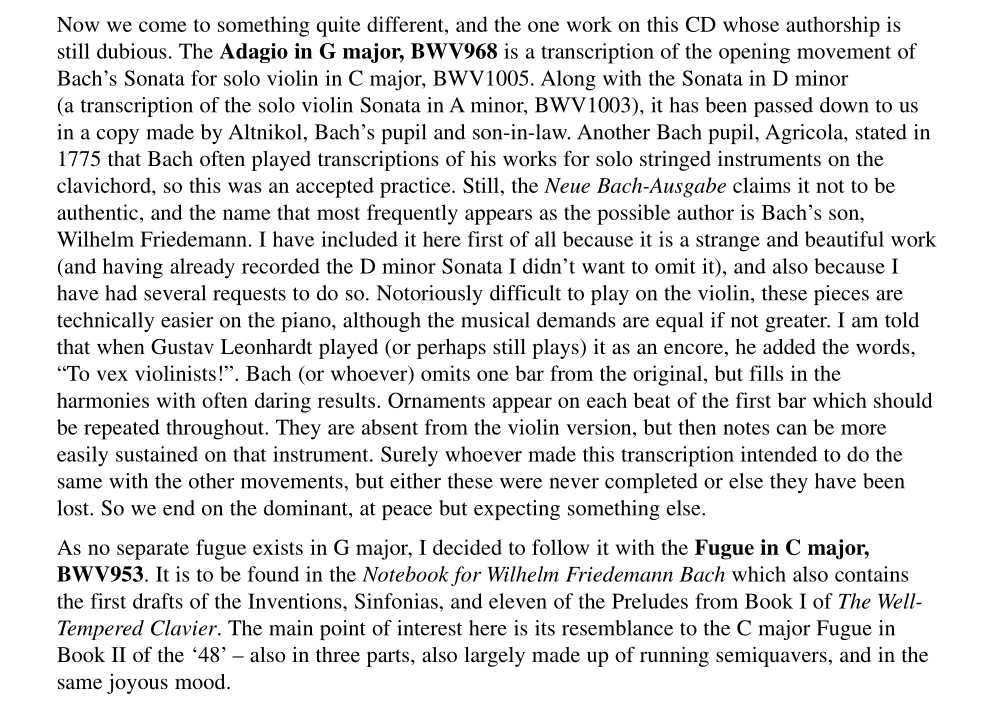About this site
This site is about storing and playing your classical music from a hard disc. The aim is to have a beautifully organised and documented collection and to enhance the listening experience by having the relevant information about the work and performance readily to hand.
This site is not about the various internet streaming services (where you have little control over the organisation or information) or about maximising the sound quality of the music (there are loads of sites for audiophiles with better ears than mine).
The principal differences that the move away from physical CDs entails are that
- you no longer have to find accessible physical storage for your music
- (in theory) it is easier to find the piece of music you are looking for, but
- you would like to be able to access the music and see information about it (often on multiple devices) without losing anything from the CD "experience"
This introduces new challenges - many are seduced by the apparent ease of ripping and downloading music, only to find that the complications of "tagging" their music, so that it is accessible and informative, overwhelm them. This is particularly the case with classical music as the music streaming and download scene is dominated by the (relatively simple) requirements of popular music. It is hoped that this site may help those who are struggling with these issues, or who want to "dematerialise" their classical music and need to understand the issues and options.
It is also hoped that the site might be read by hardware manufacturers, software developers and music publishers, so that they can enhance their products. This site is not intended to be a comprehensive guide to the subject of recorded music on a computer. For that "The well-tempered computer" is an excellent site to visit.
I should also say that this site is based on my own personal experience rather than extensive research. This is naturally coloured by my choice of hardware and software. Currently this principally comprises:
- Raspberry Pi running Logitech Media Server (Max2play implementation).
- Windows laptop running Muso and Picard.
- Squeeezebox touches (2x). iPad, iPhone and iPod running iPeng.
Lastly, a health warning: this site is under (constant) development. At any time, the information is likely to be incomplete, inaccurate or just plain wrong. The author accepts no responsibility for problems encountered in using the information. Please post any comments to the Muso forum, the Squeezebox forum or the MusicBrainz community, as appropriate. Update April 2017: I have completely reviewed the approach recently, and decided to make MusicBrainz the hub of my tagging approach. This vastly improves consistency and efficiency. If you have used my previous approach and want to stick with that, then it can be found at the archive site. Also, Apple have finally got around to recognising that classical music exists and have introduced (Feb 2017) new tags for Work, Movement Name, Movement Number and Movement Count. The implementation still leaves something to be desired, but the approach described here is fairly compatible.
This site comprises the following sections:



